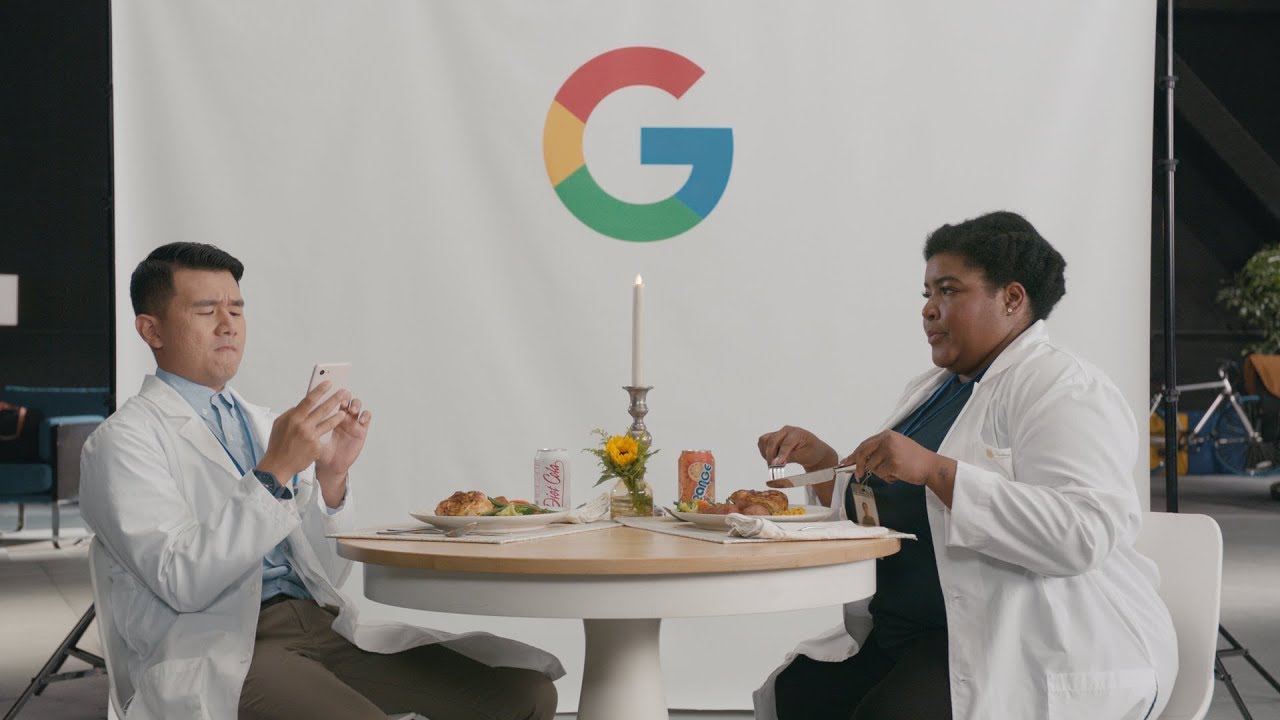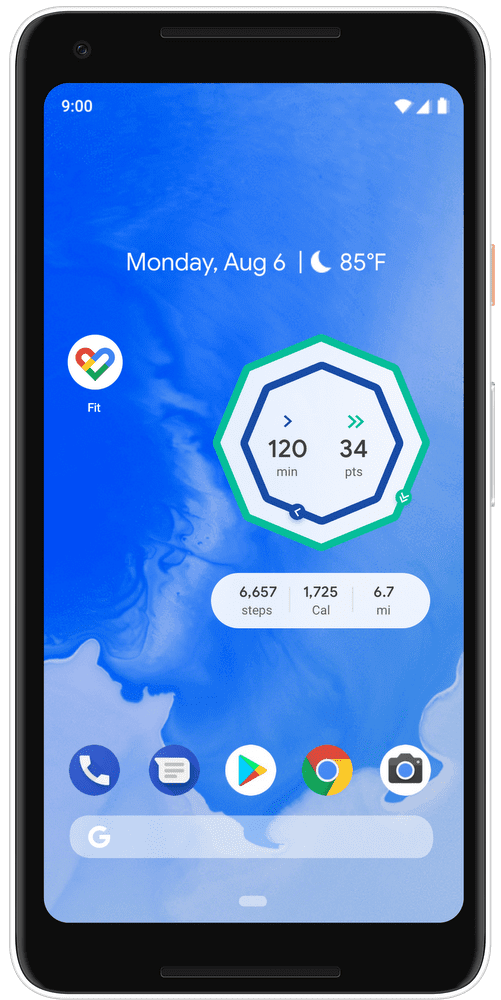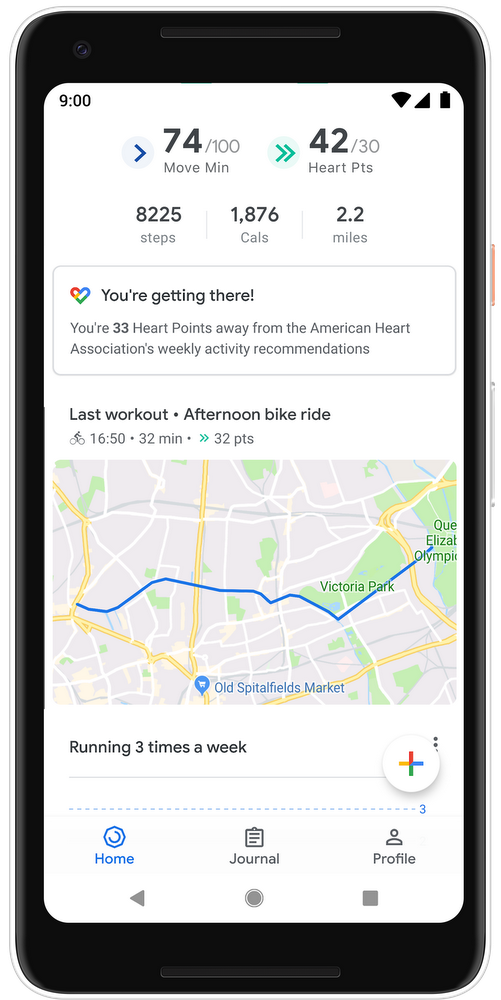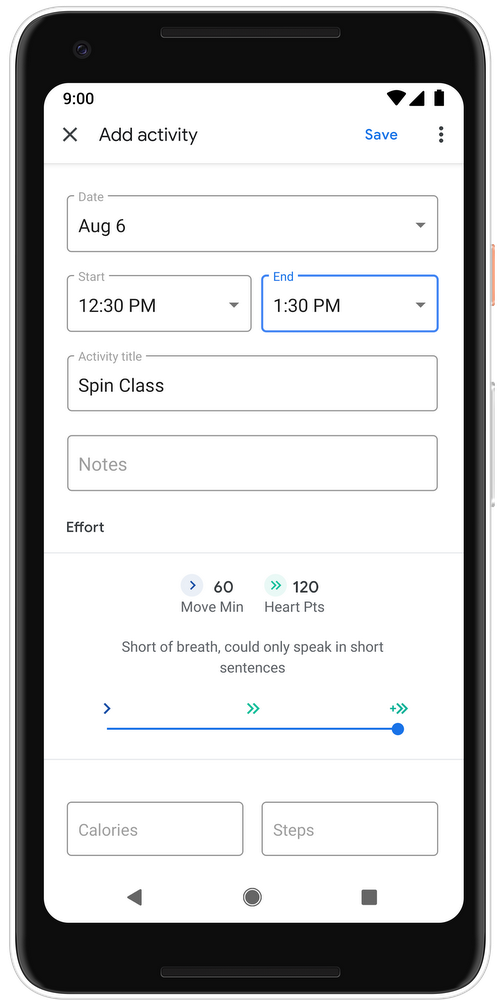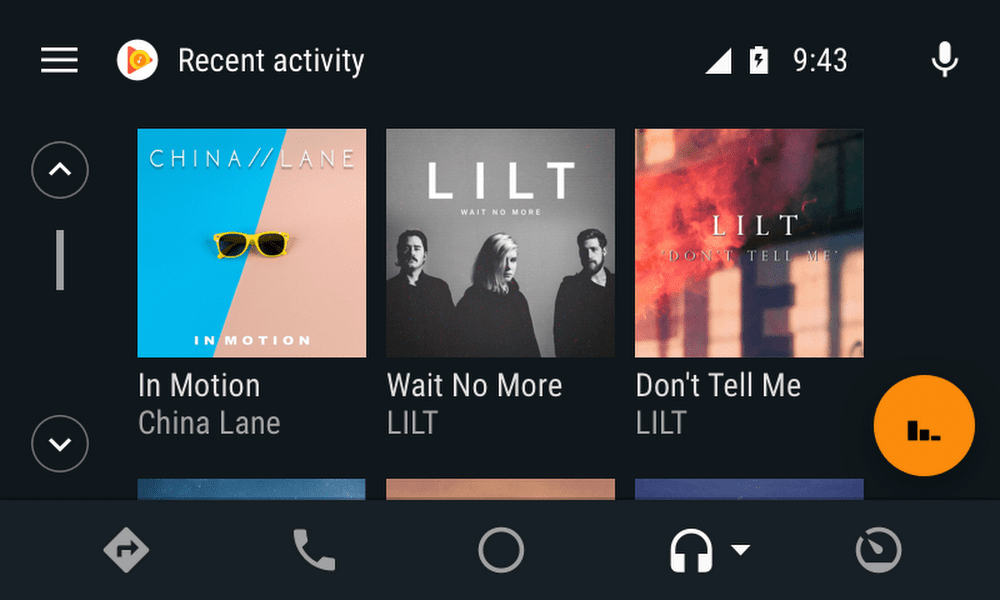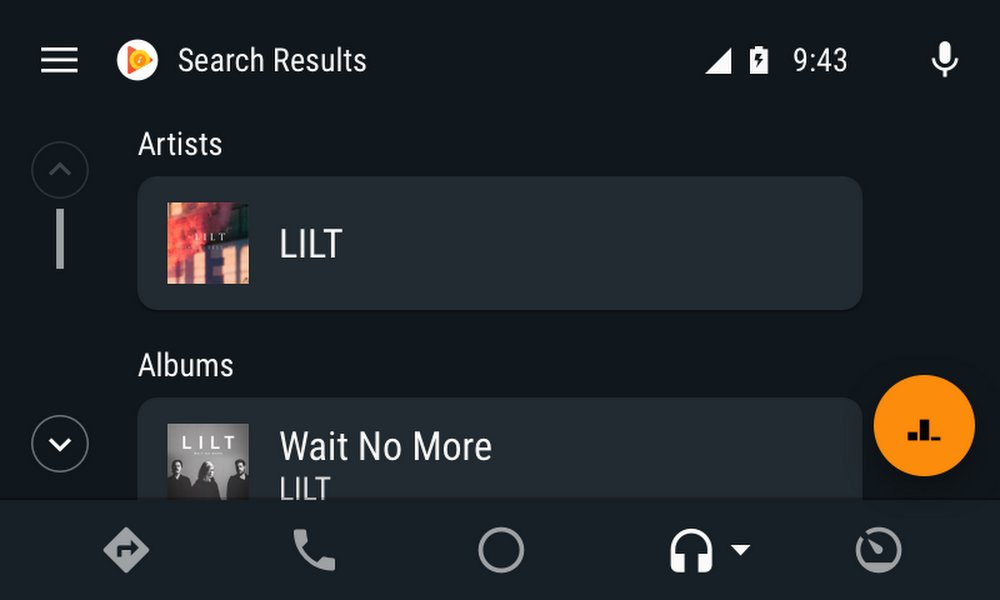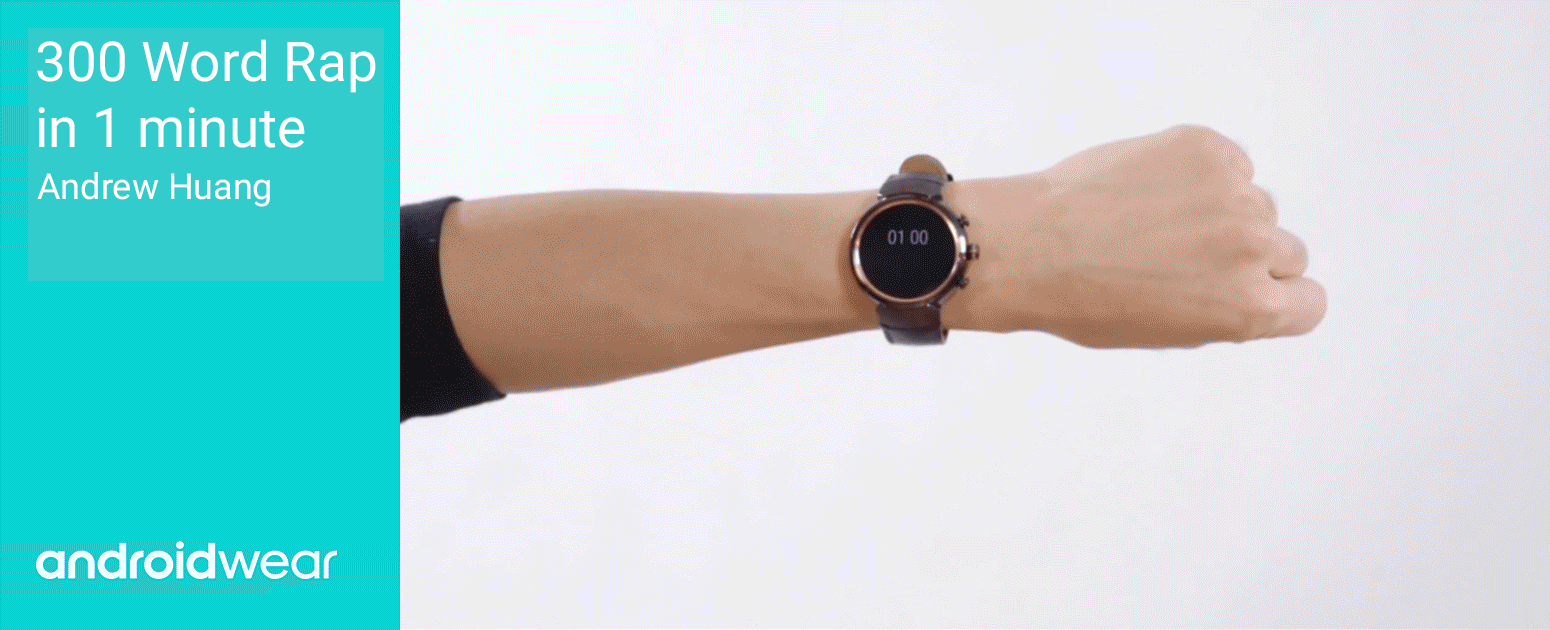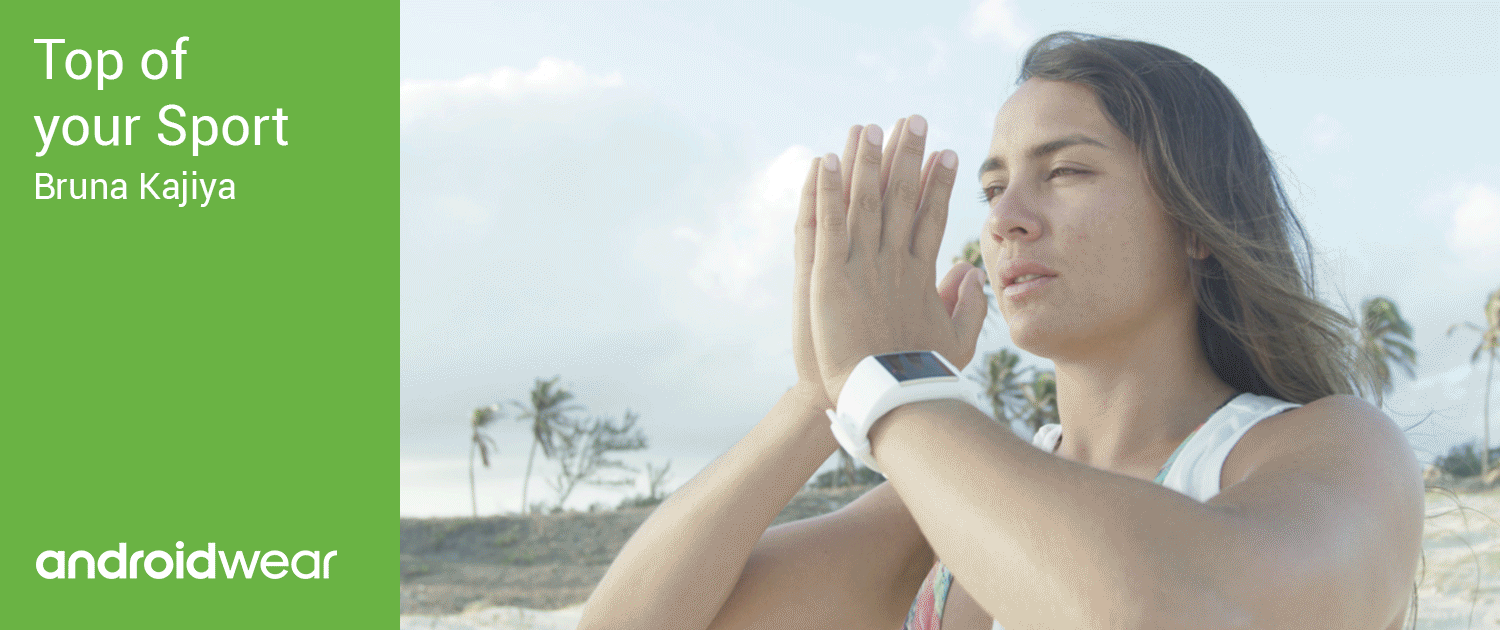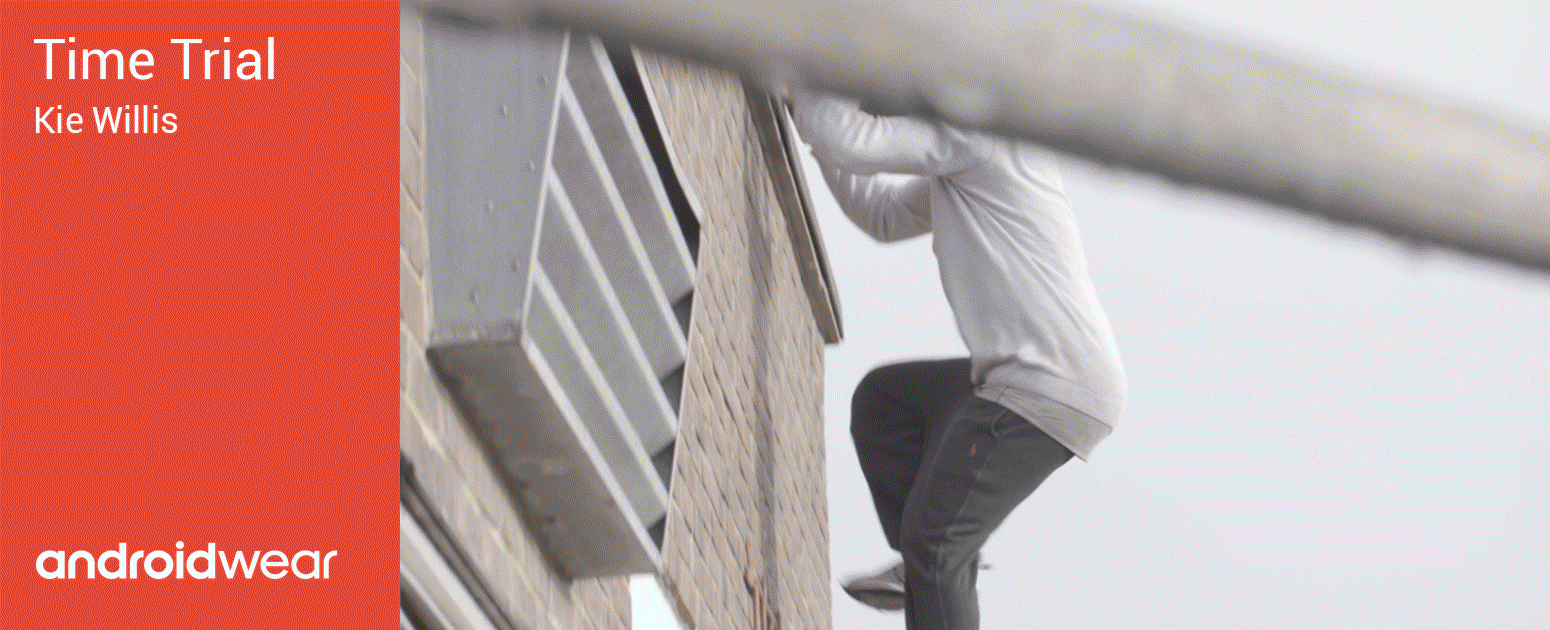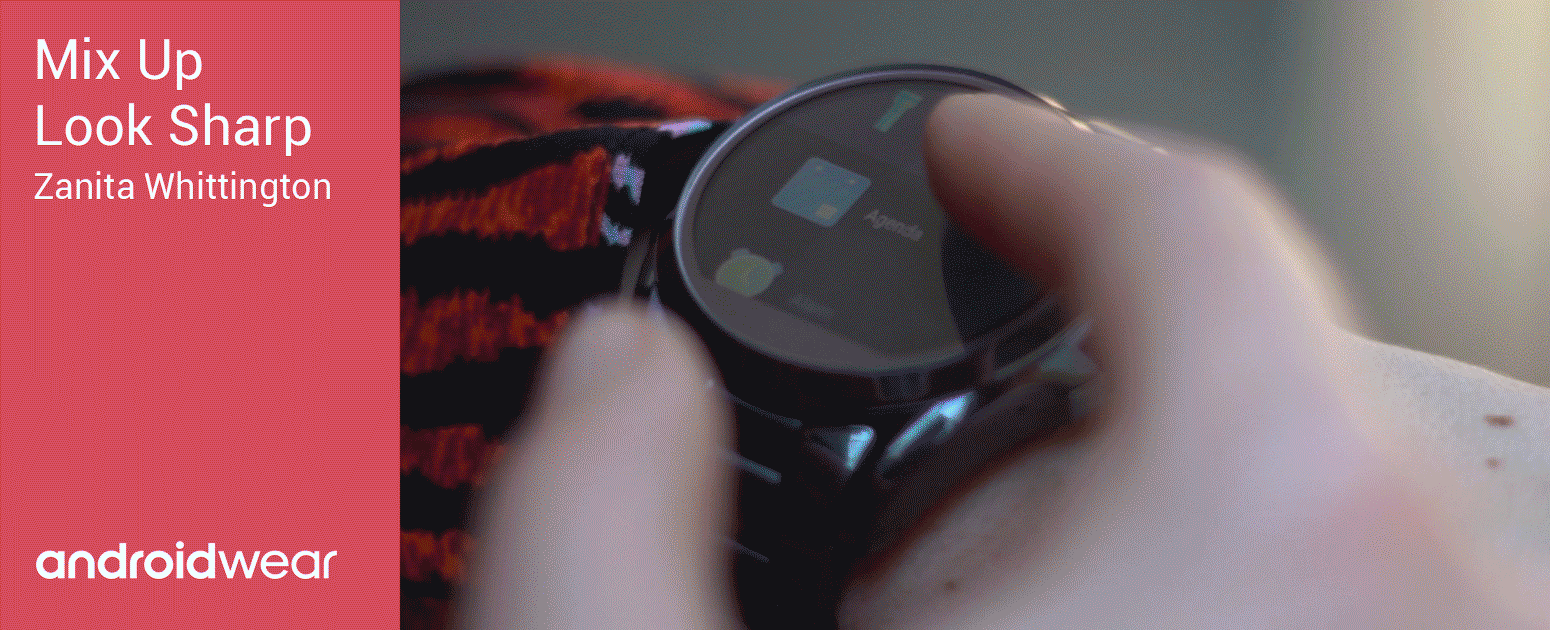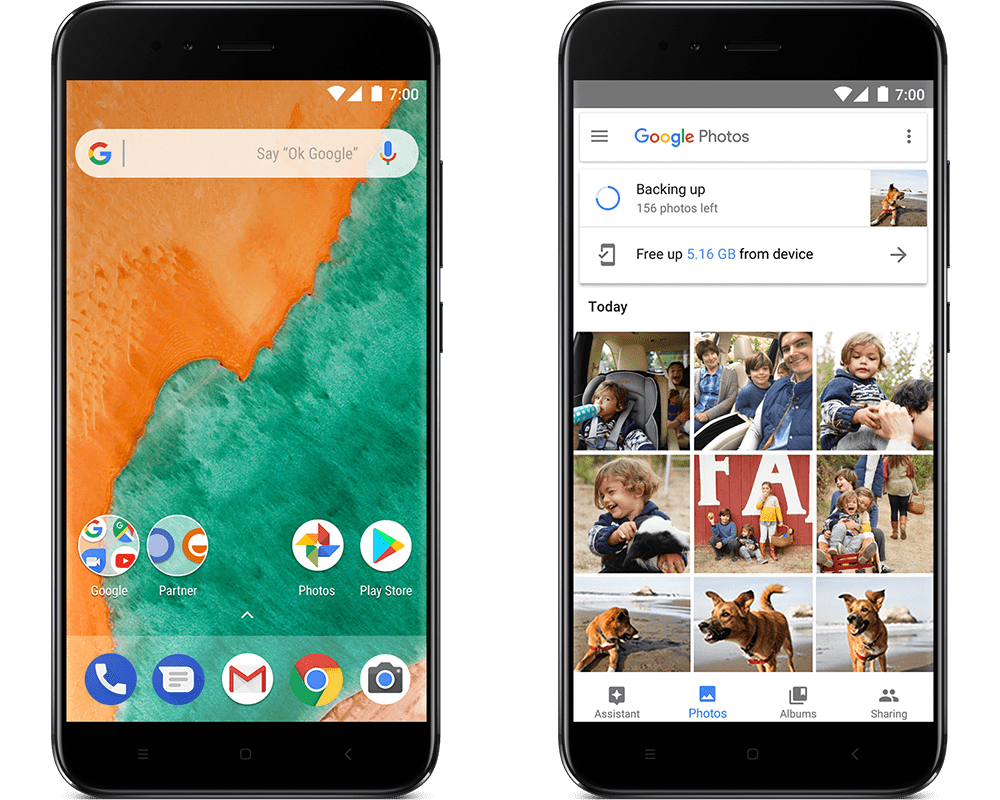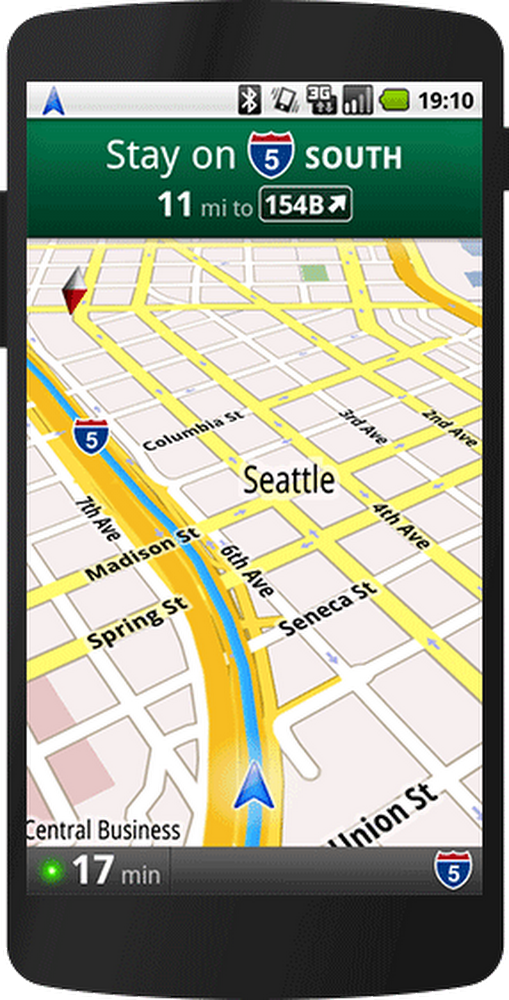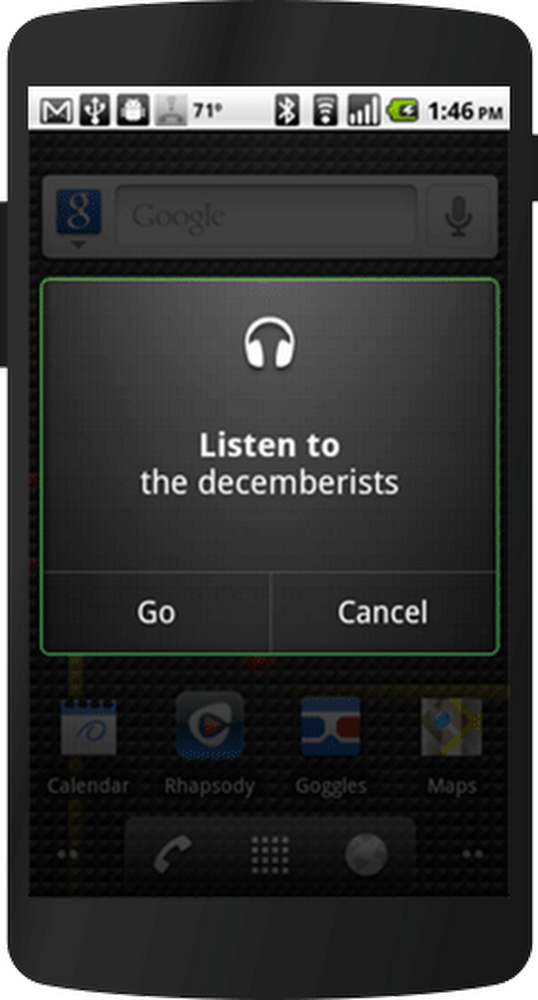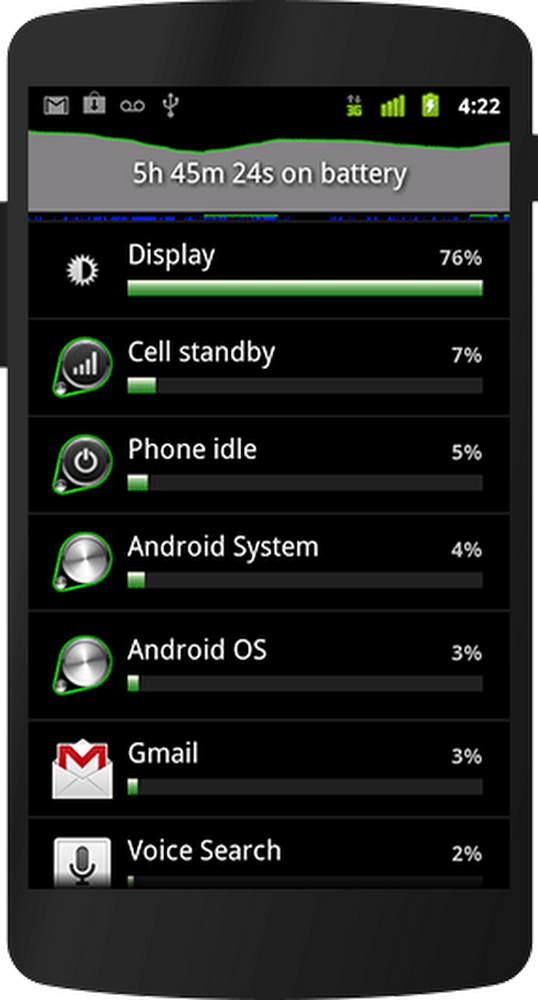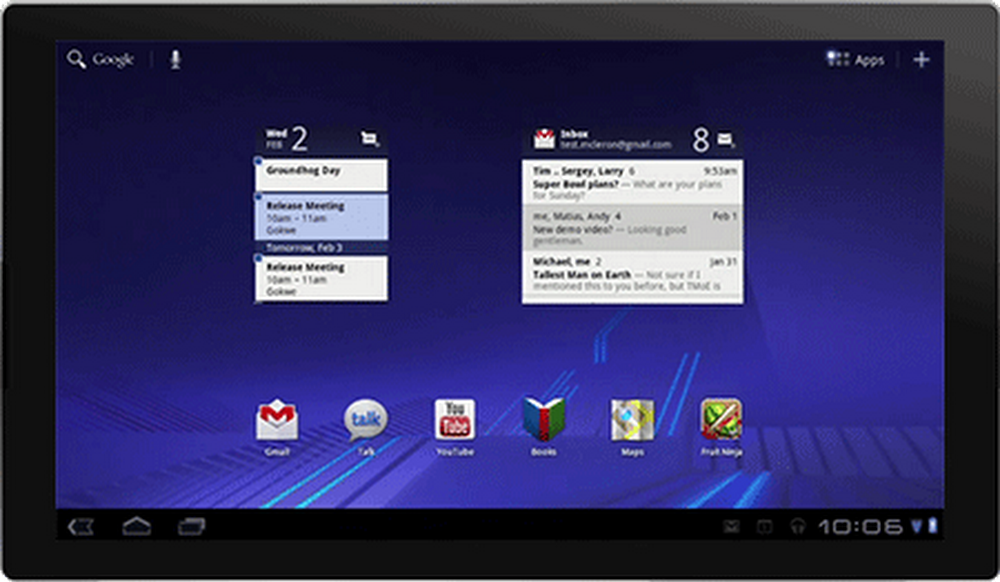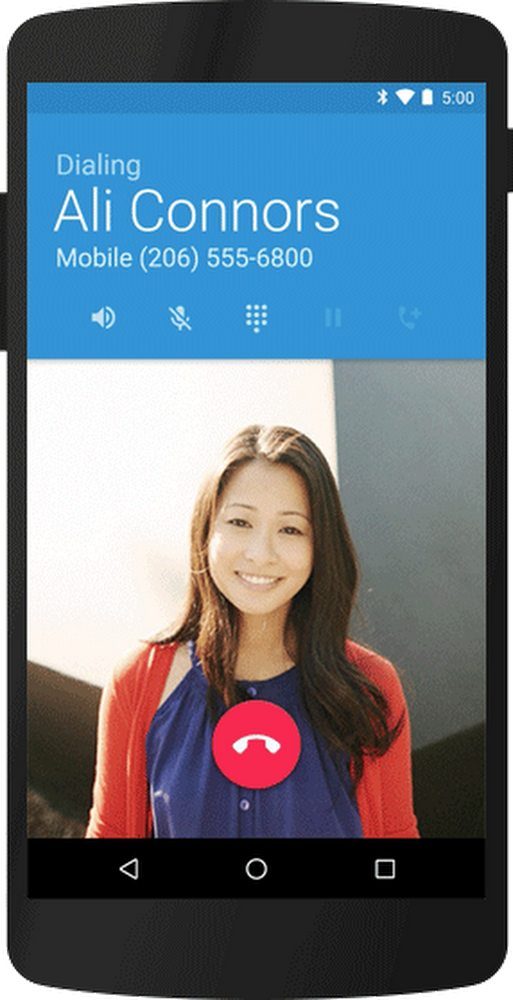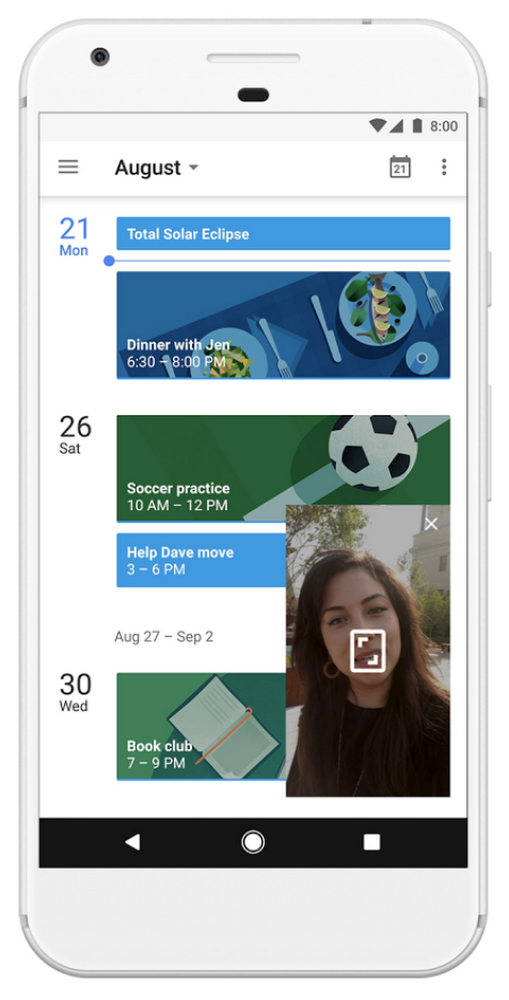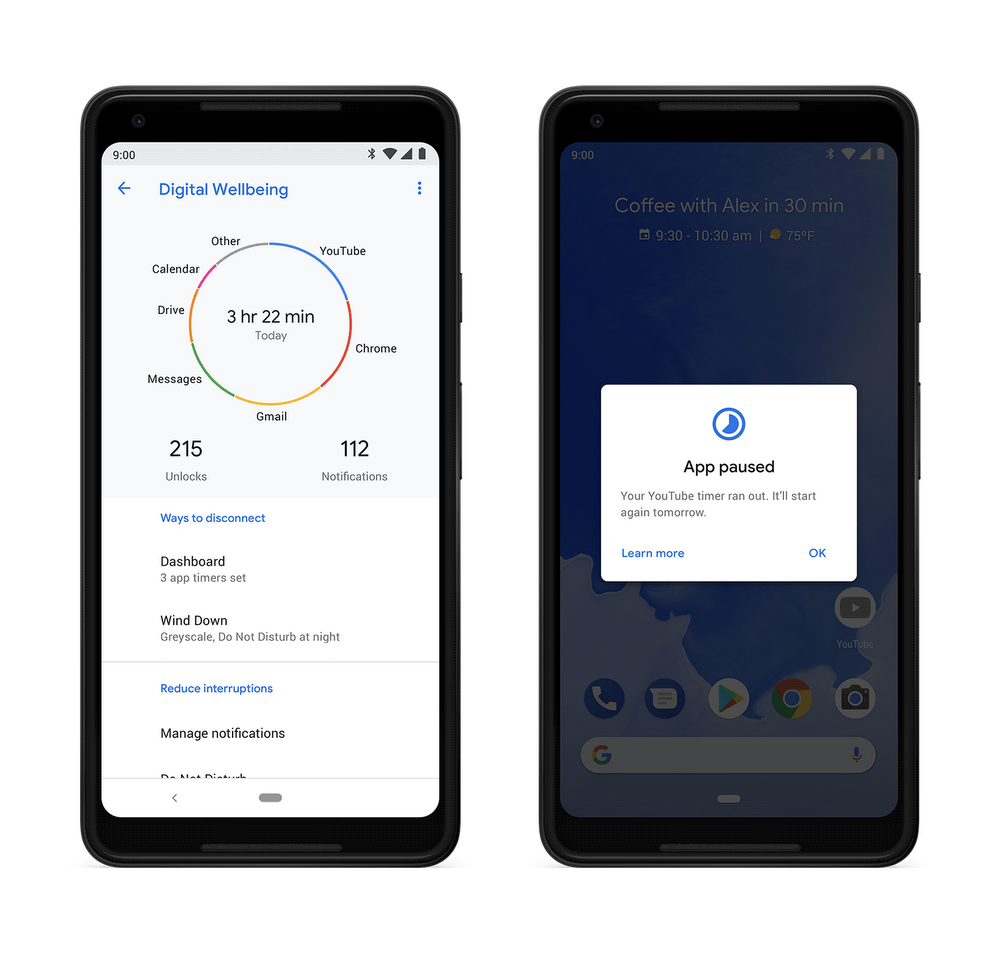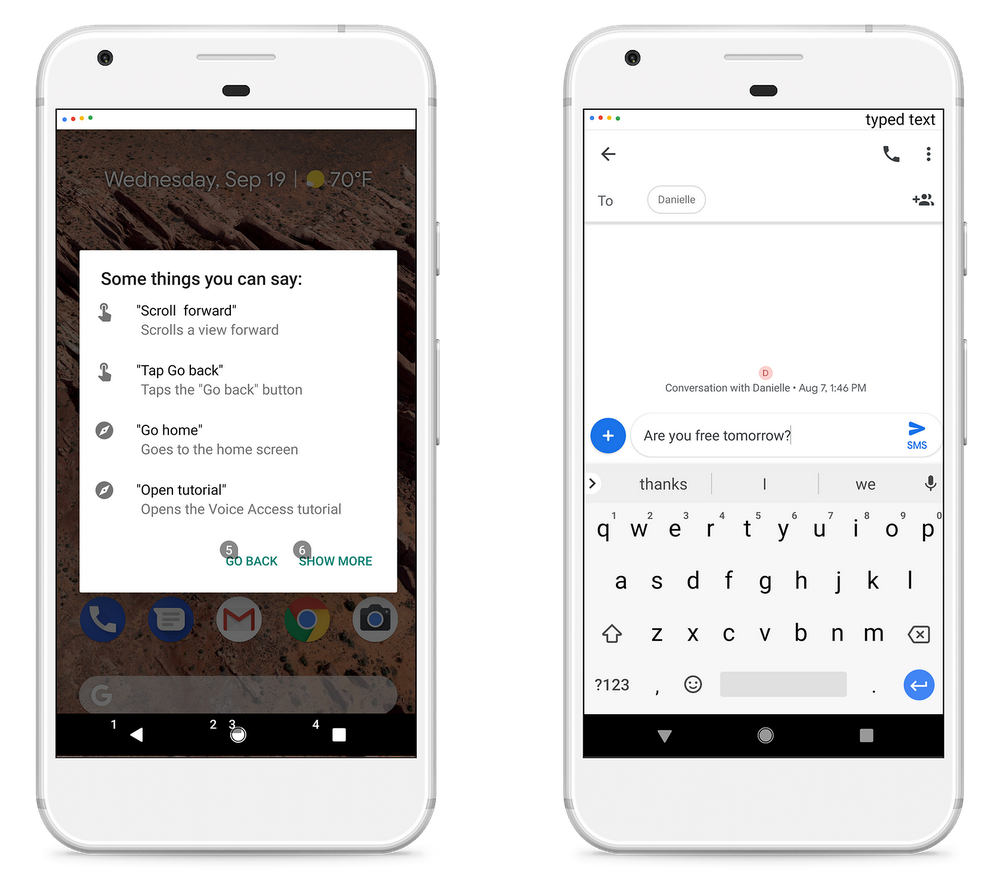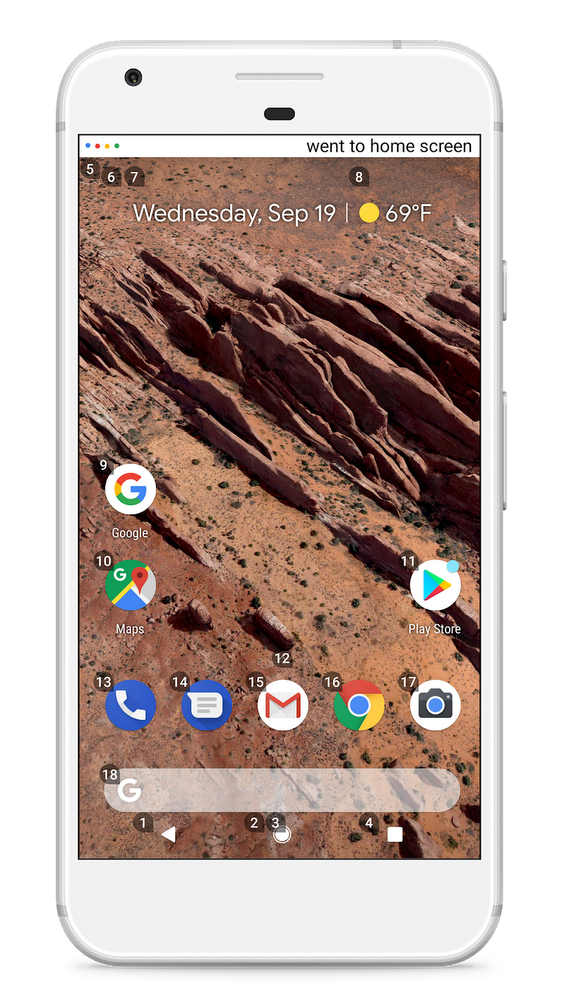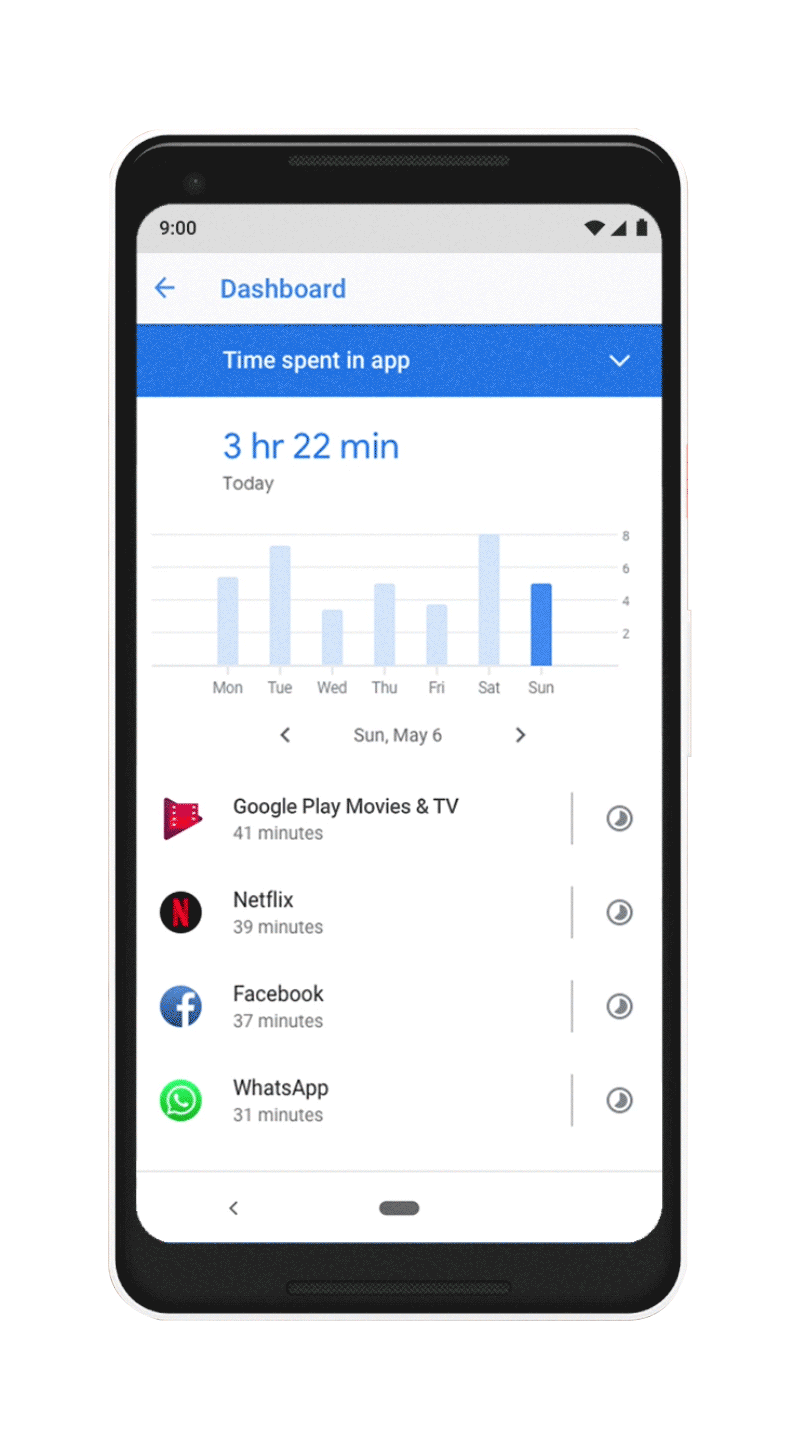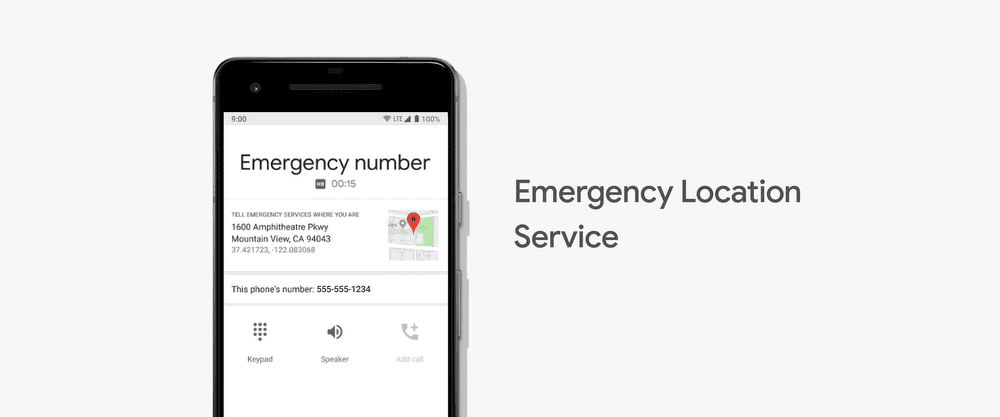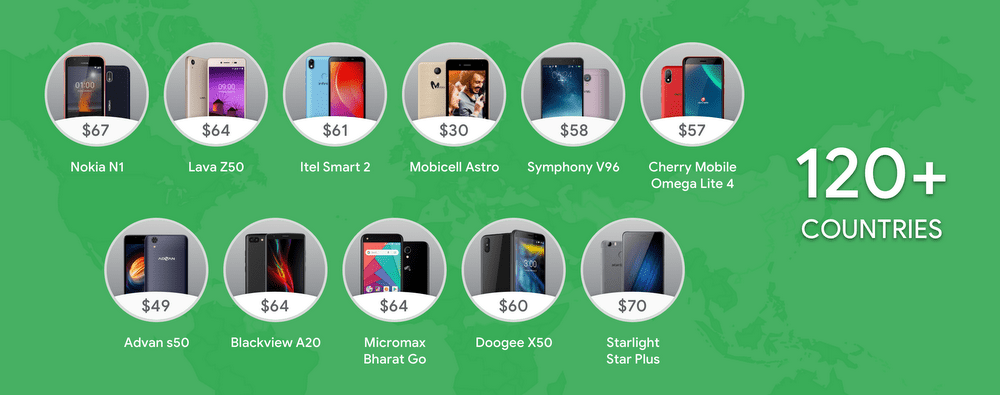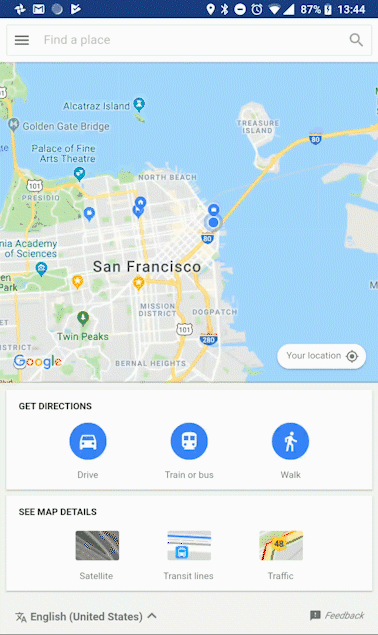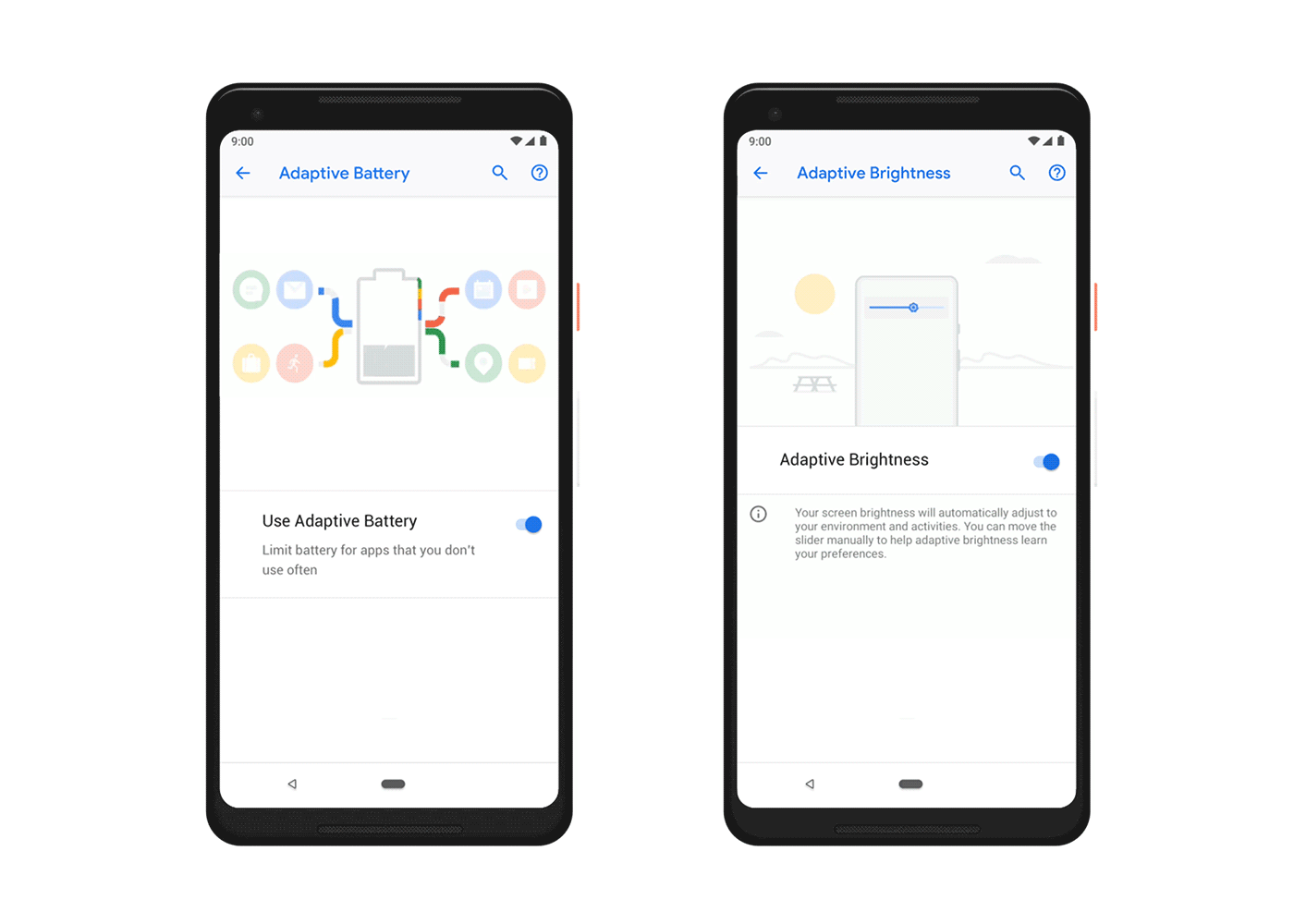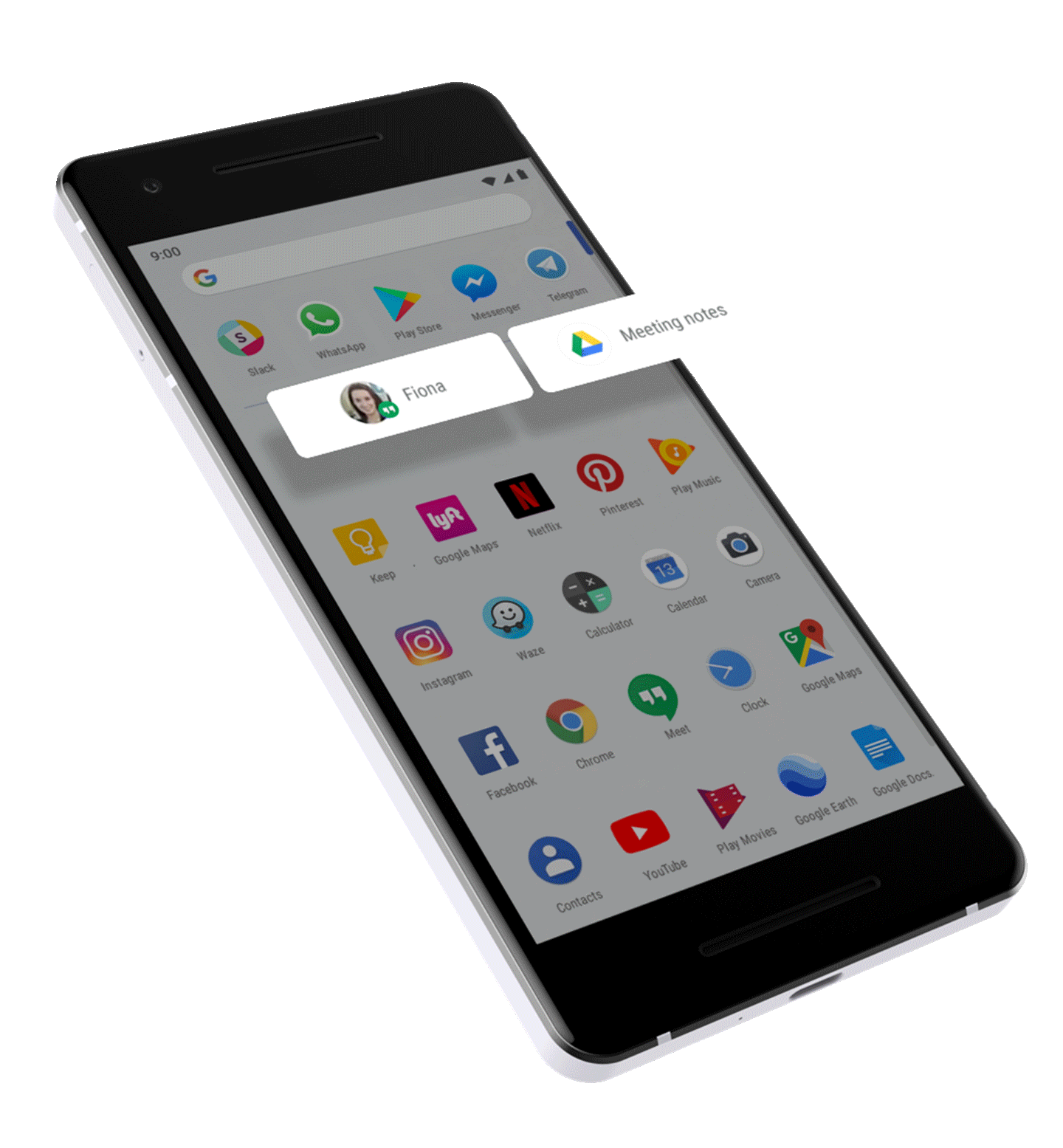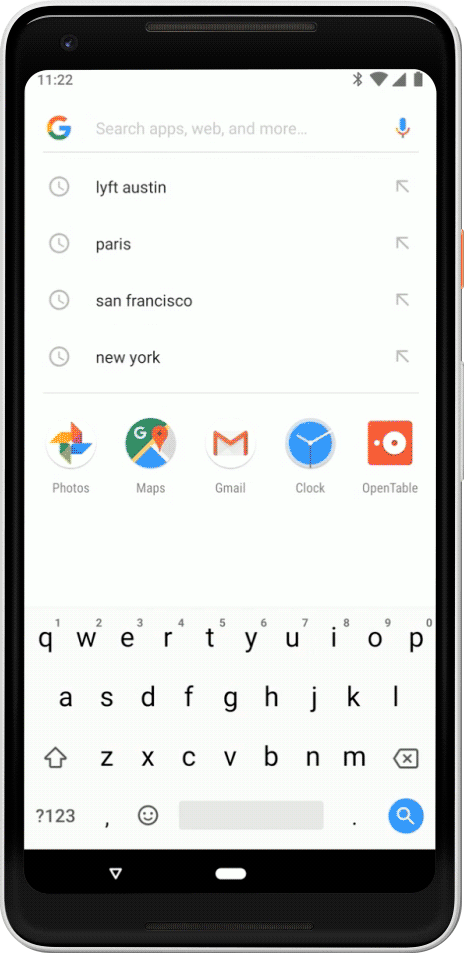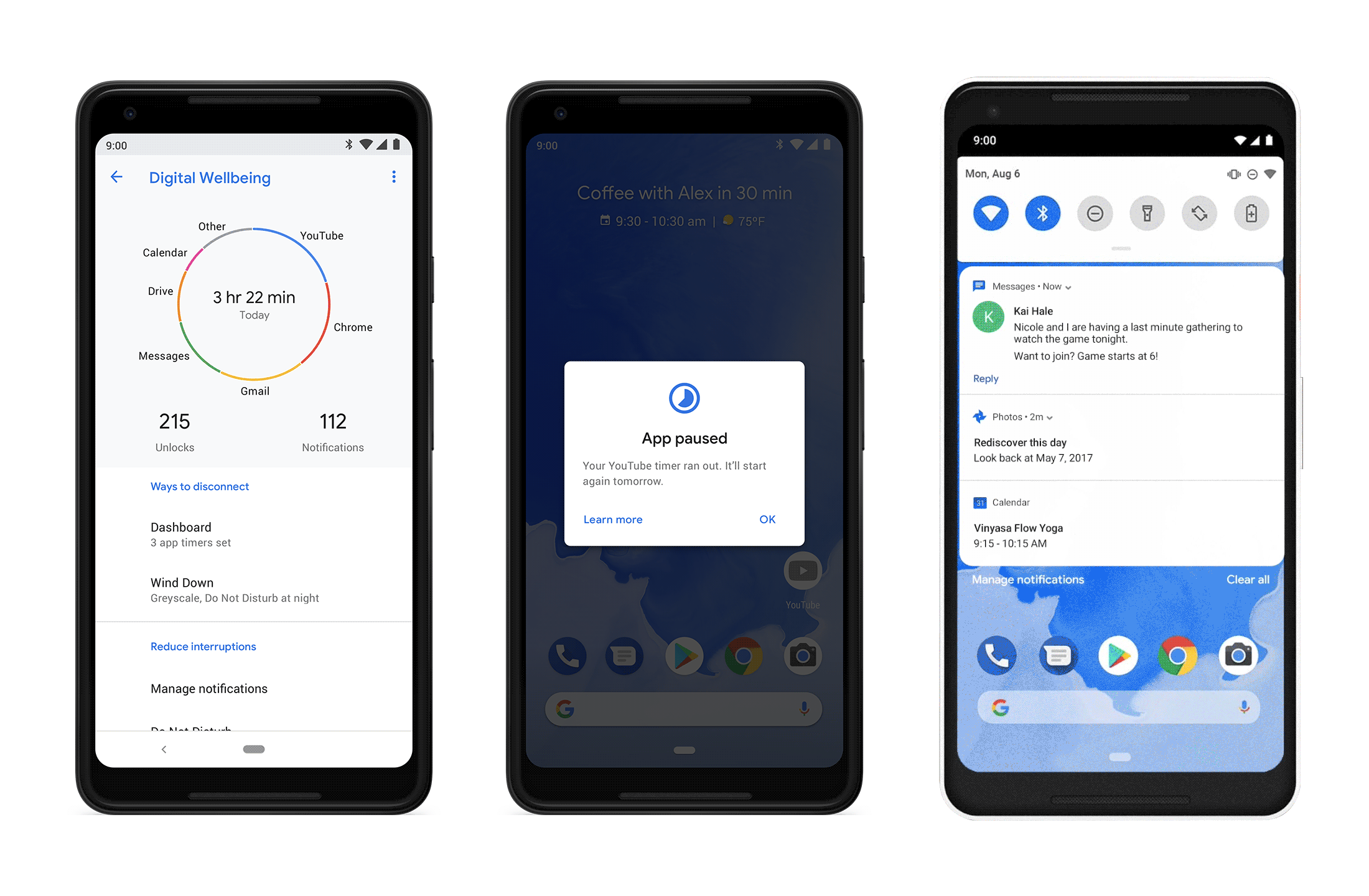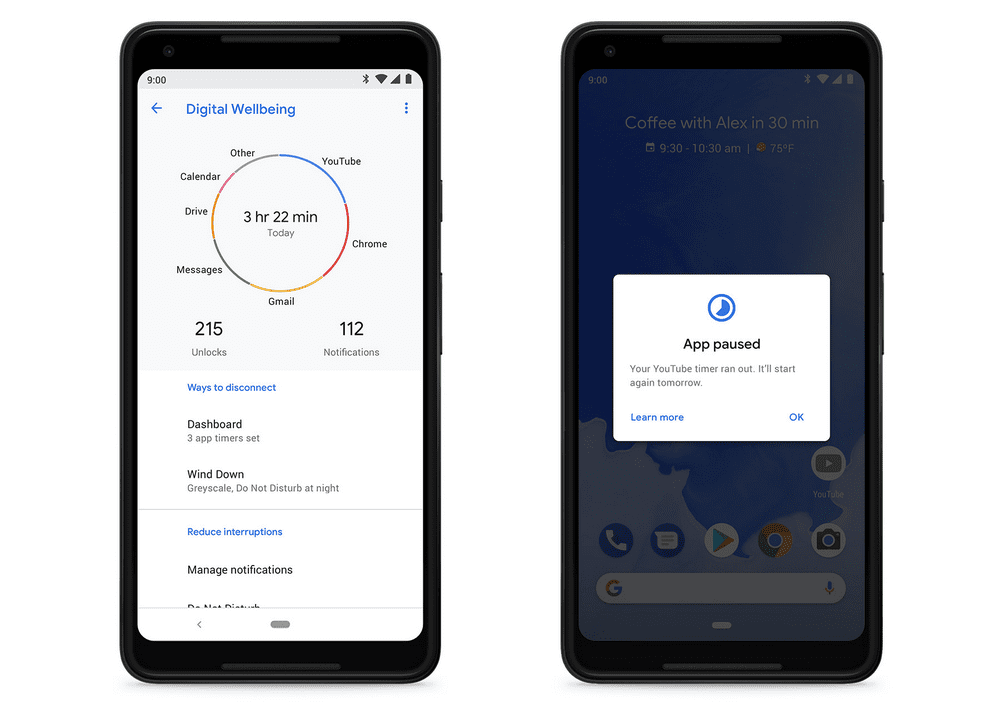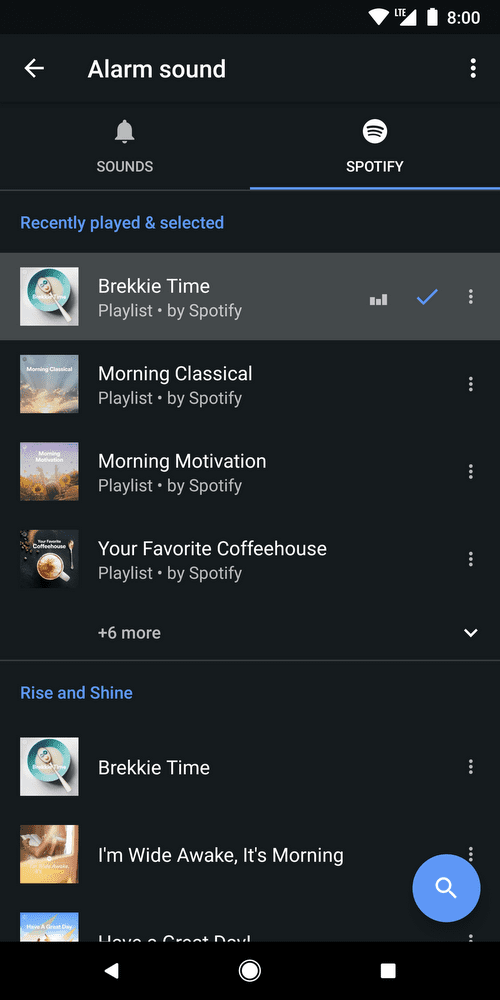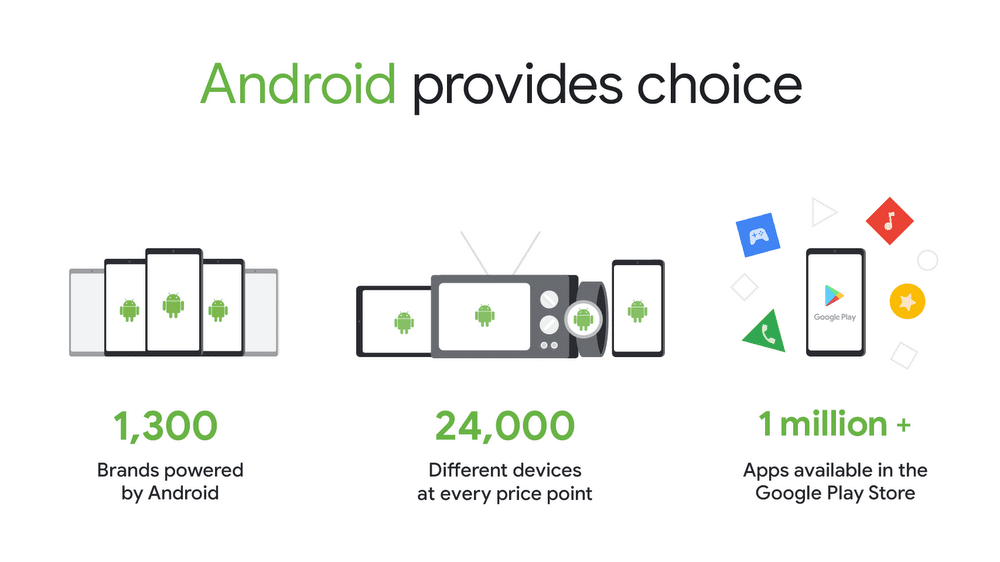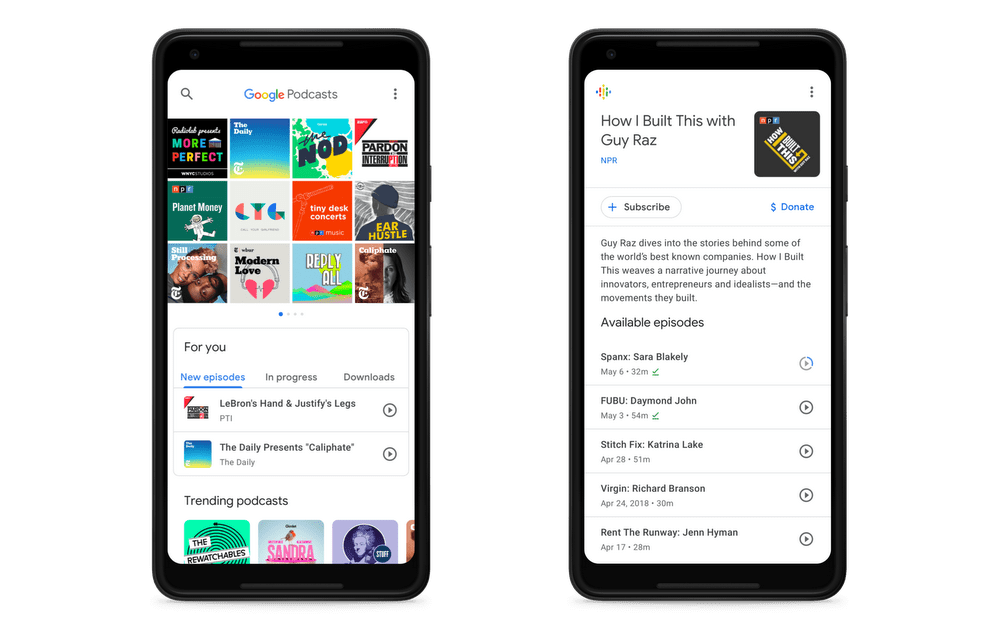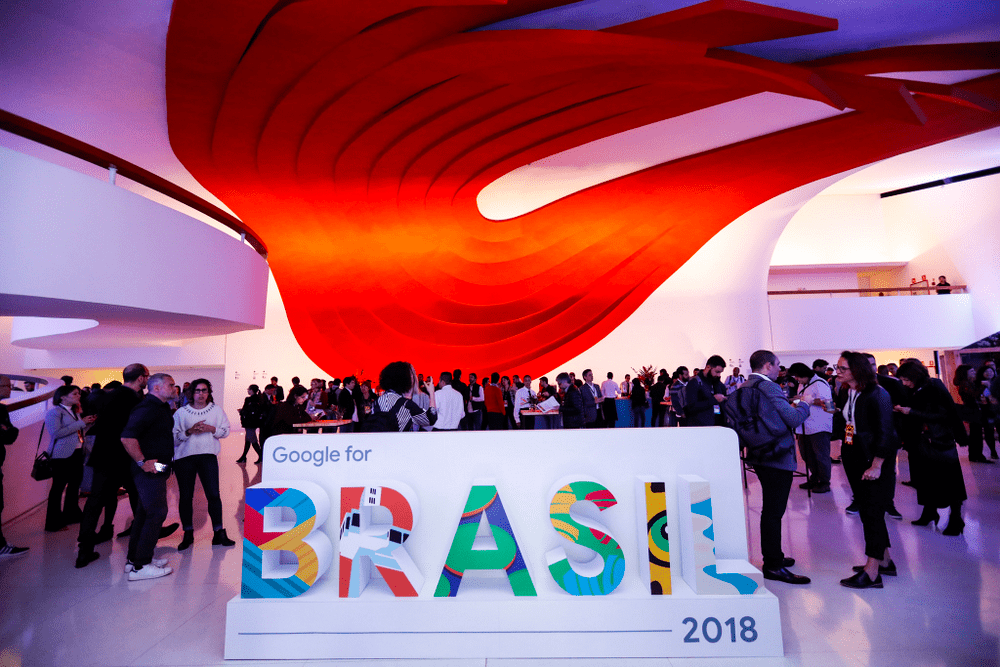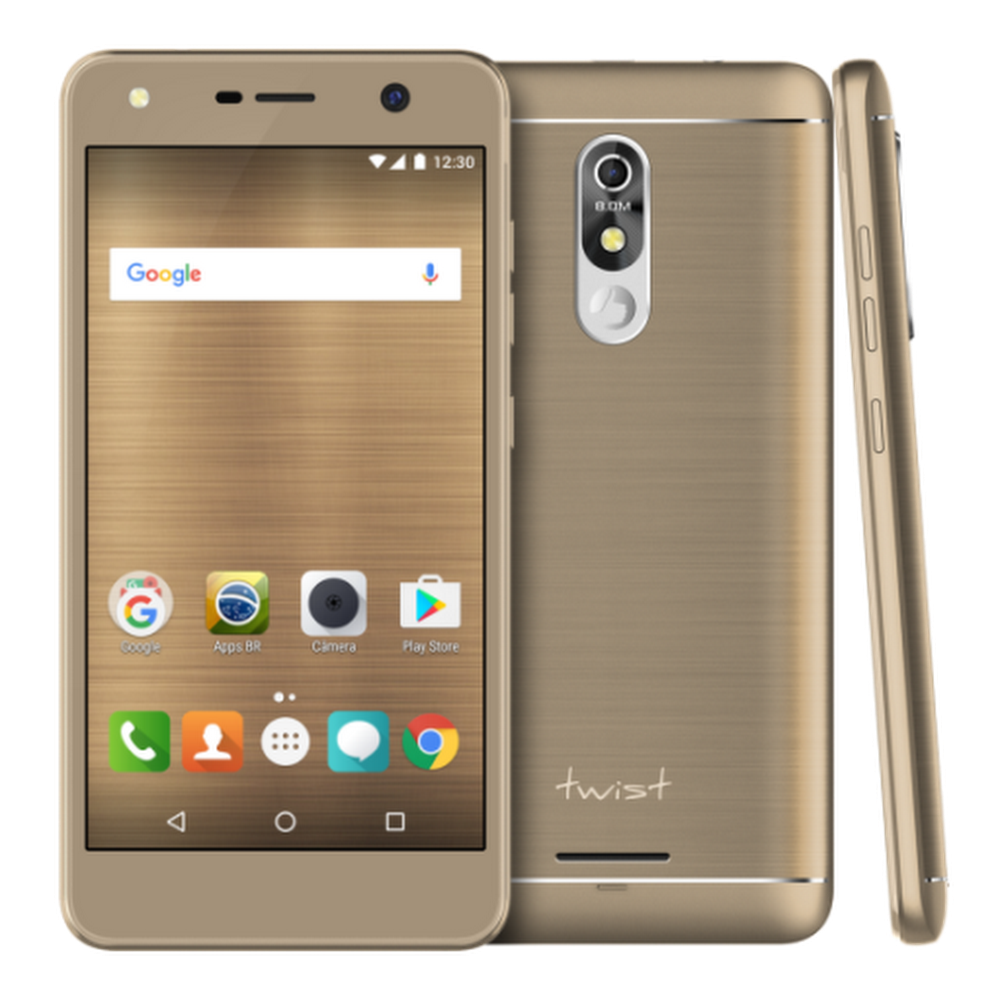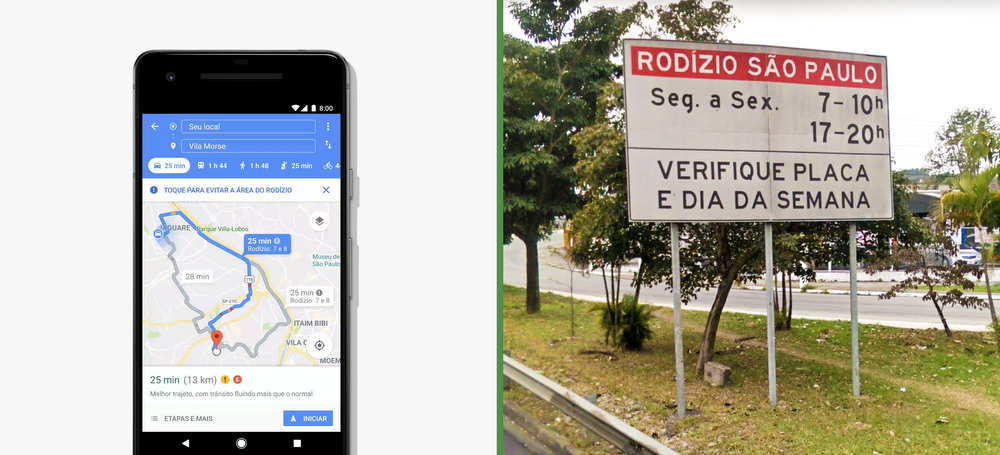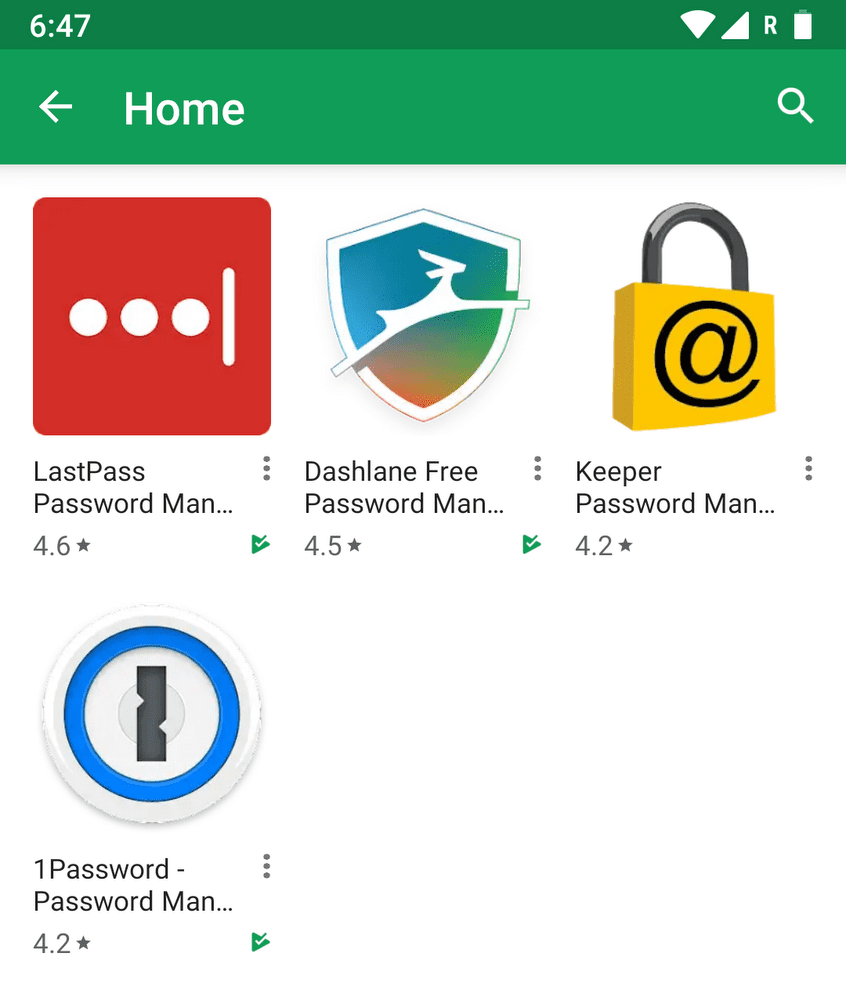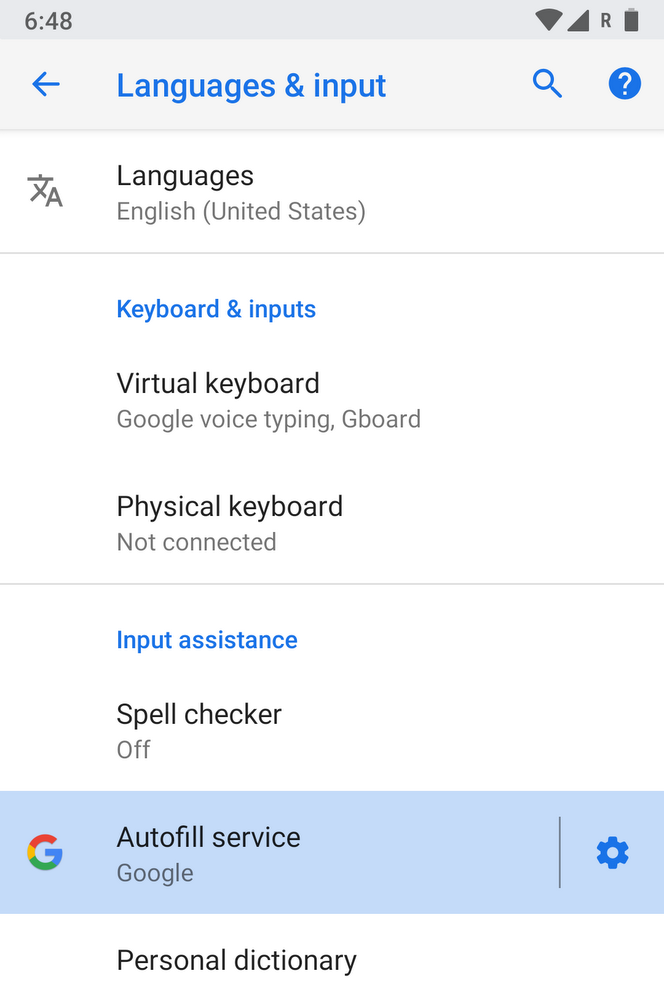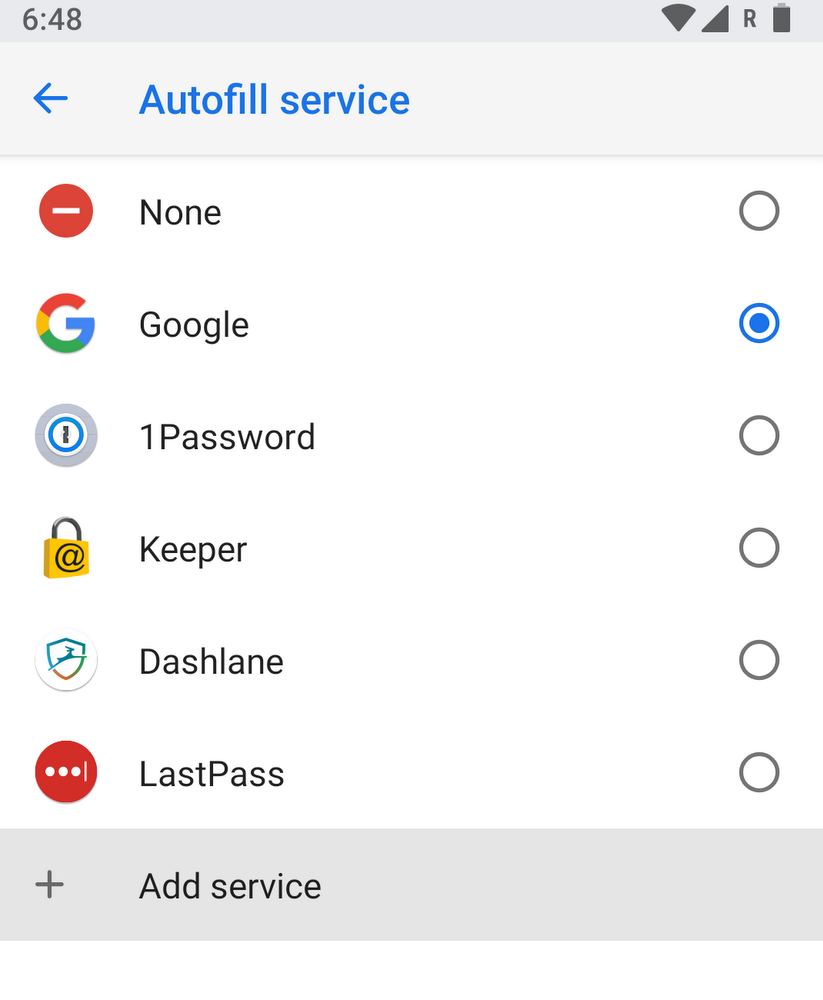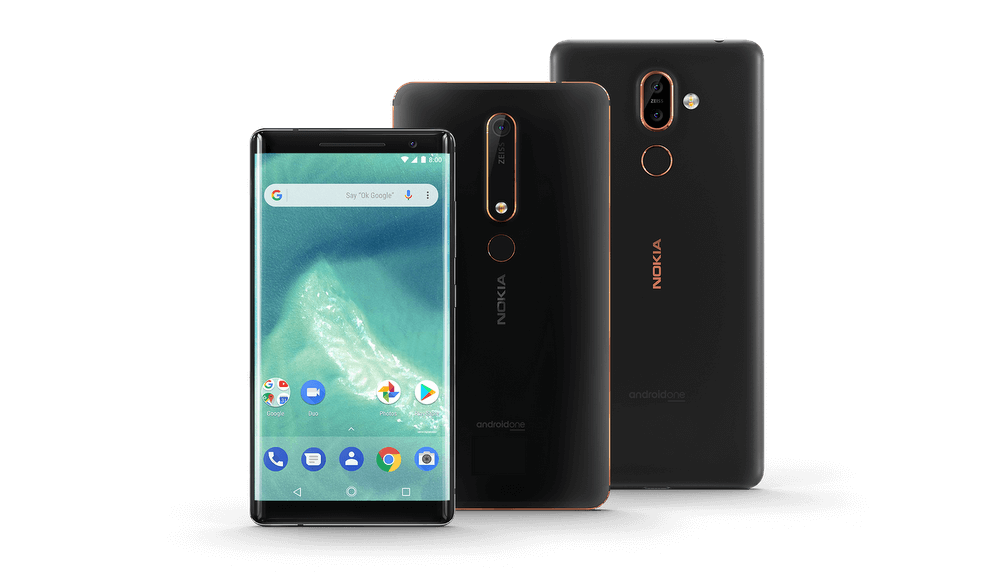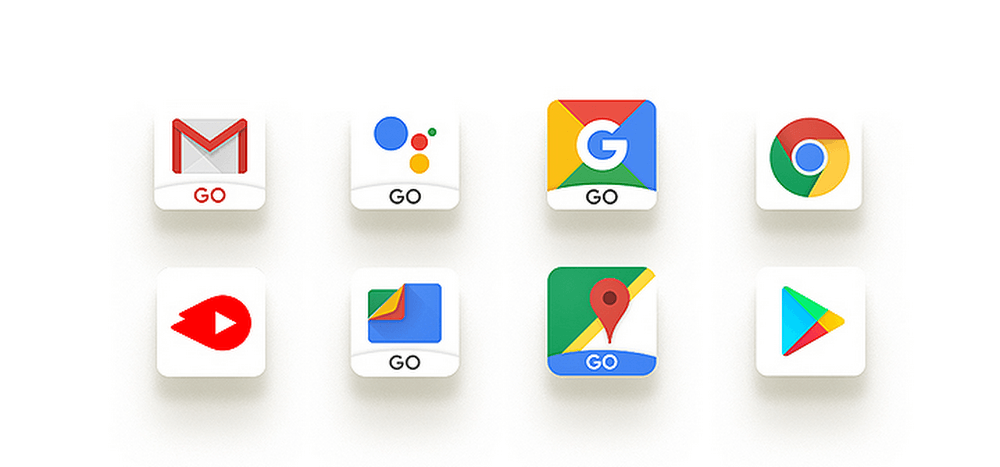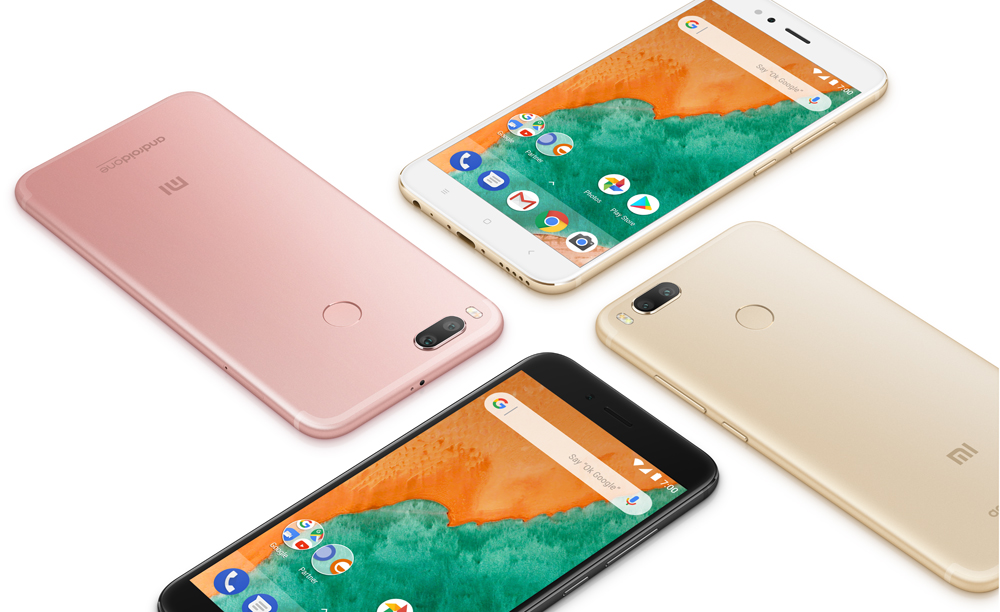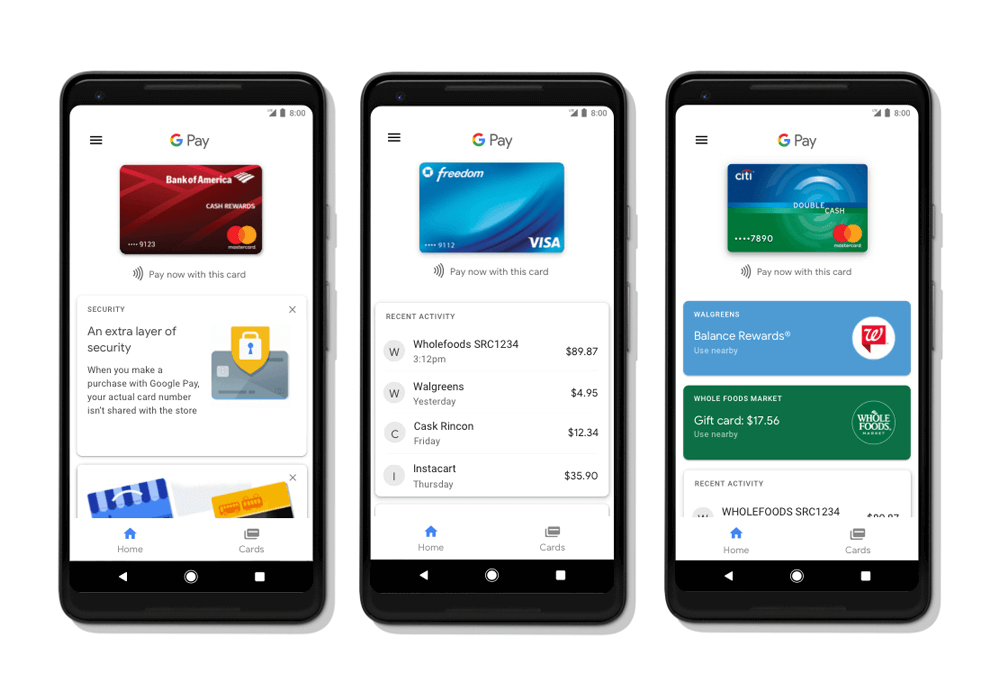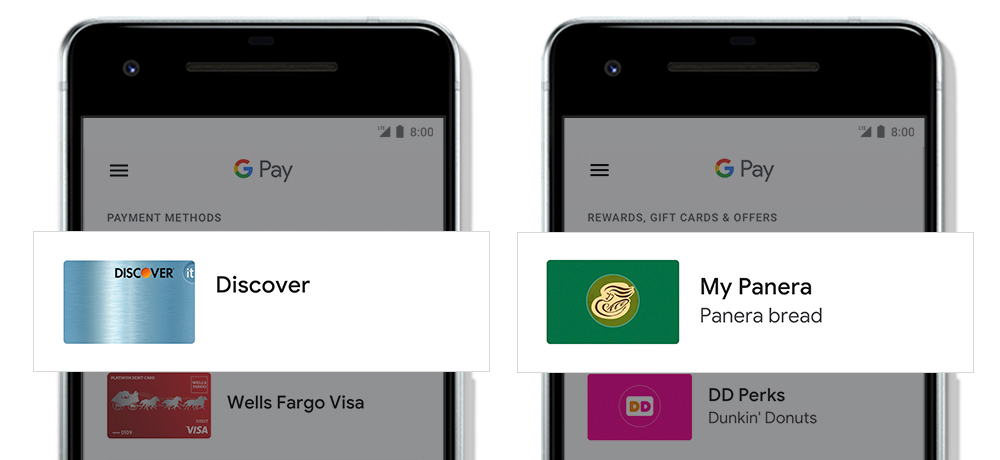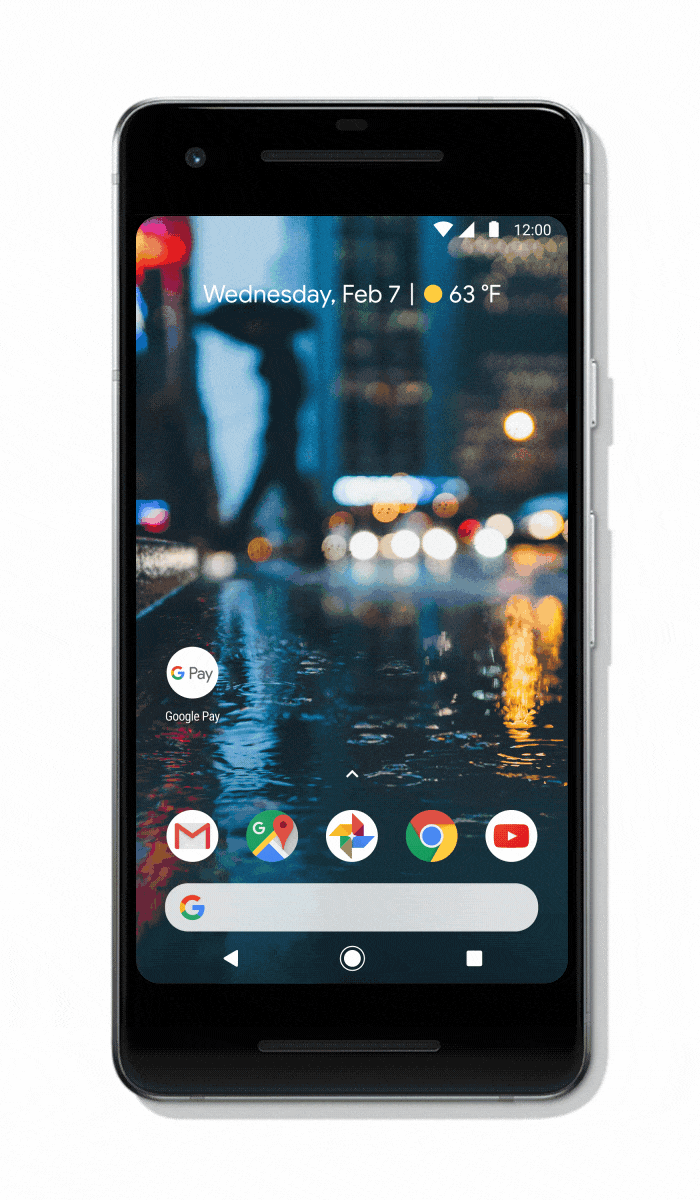With our phones constantly buzzing and our inboxes filling up, it can sometimes feel like we’re always logged in. It’s easy to forget the importance of making deliberate choices about when we want to use our phones, and to know when we can take a much-needed break from screens.
Looking for more balance in your life this year? Here are some tools that will help you better understand how you’re currently using your phone, get more out your tech and carve out time to be a little more zen in 2019.
1. Take a look at your Digital Wellbeing dashboard.
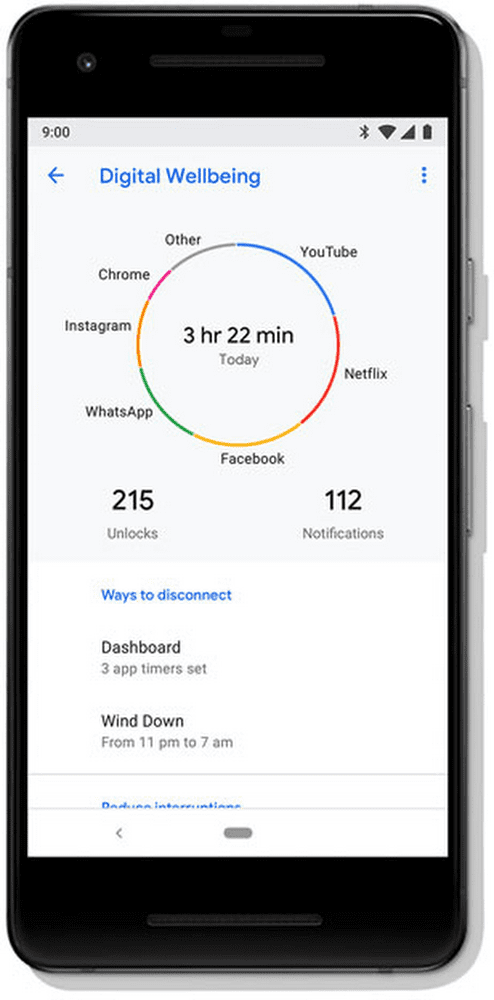
The Digital Wellbeing dashboard on Android devices helps you understand how frequently you currently use different apps, how many notifications you receive and how often you unlock your phone. By looking at your usage over time, it’s easy to think about whether you’re getting value from the time spent on each activity and make changes.
2. Cut down on all that scrolling with app timers.
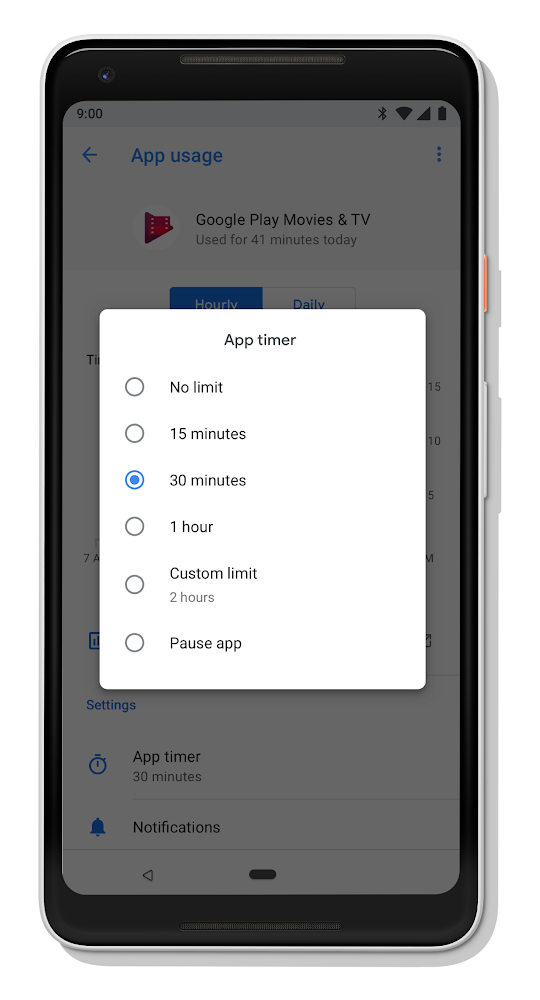
Once you’ve identified apps you’d like to use less often, you can set up app timers so your phone will nudge you when you’re close to your self-imposed limit. The app icon button will then gray out, with a notification to remind you of your goal, when you’ve exhausted the time limit you’ve set for yourself.
3. Use Flip to Shhh on Pixel 3.
For Pixel 3 users out there, if you turn your phone over on a table — like when you’re at dinner — your device automatically enters Do Not Disturb mode so you can focus on being present, not mindlessly checking sports scores or playing a game.
4. Create more family time with Family Link and the YouTube Kids app.
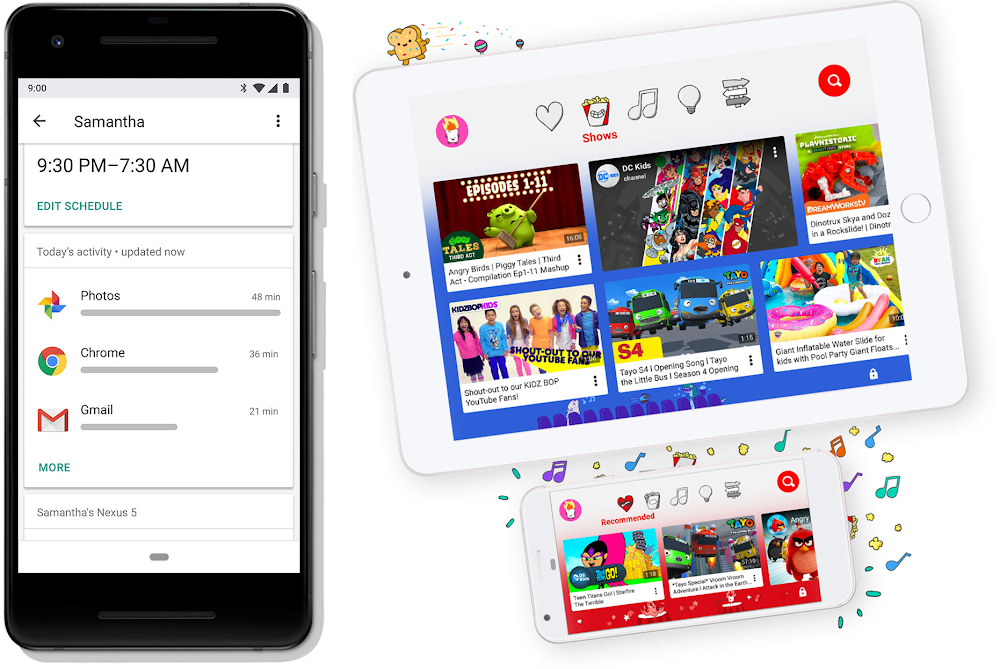
If you have kids, Family Link and the YouTube Kids app allow you to set the digital ground rules for everyone in the household. With Family Link, you can view your children’s activity, manage their apps, find apps recommended by teachers, set screen time limits and even lock their devices when it’s dinner or “go outside and play” time.
With the YouTube Kids app, you can decide whether or not your kids can use YouTube Kids search, keep tabs on the videos they’re watching and even block videos or channels you don’t want them to see—along with setting time limits for how long they can play with the app.
5. Get stuff done quickly and focus on what matters to you.
Great technology should improve your life, not distract from it, and a bunch of Google tools are here to help. The Google Assistant offers you downtime from screens by letting you to use your voice to send messages, control smart home devices and play music when you just want to chill. Google Photos automatically stylizes your photos for you, Android Auto minimizes distractions while you’re driving and Gmail’s Smart Compose already helps people save over a billion characters every week by suggesting words and phrases for you as you write.
6. Practice mindfulness and take a break.
Try searching for “mindfulness” in Google Play to download relaxing apps like Headspace, Calm, and many others to kickstart your wellbeing journey. You can also say to your Google Assistant, “I want to meditate” to get a bunch of app recommendations and healing sounds, and the recently updated Google Fit app now has guided breathing exercises for you, too.
7. Keep up with the #GetFitWithGoogle challenge.
With all this extra time, you might even have time to sneak in an extra run this week. We’re now three weeks into the #GetFitWithGoogle global challenge, with just one week to go as our influencer teams race to earn the most Heart Points during January with Google Fit.
Congrats to Colombia for holding onto the lead going into the final week!
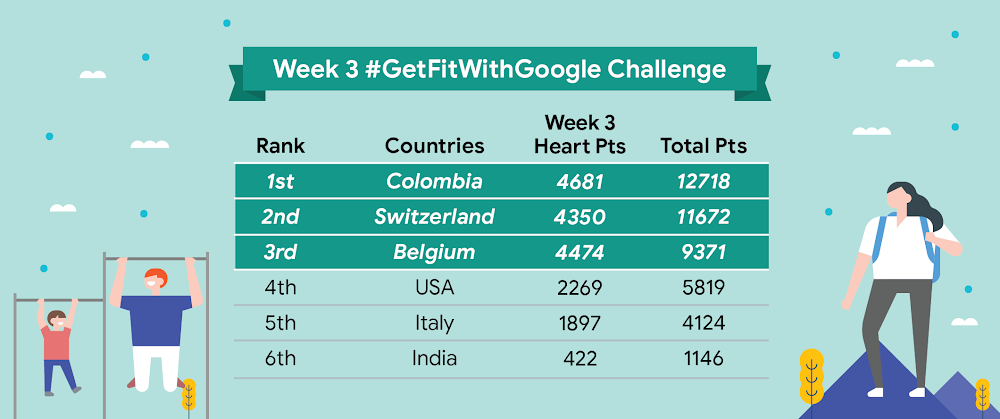
Keep an eye on the #GetFitWithGoogle hashtag on Instagram and follow the teams below to follow their fitness journeys. Will Team Switzerland make a final dash for the line? Just one week to go before we announce the overall winners.
Don’t forget to share your own Heart Points progress using #GetFitWithGoogle to help others like you stay motivated.
It’s easy to feel like you’re constantly plugged in. Here’s how to use tech to take a break from your screen.
Website: LINK
